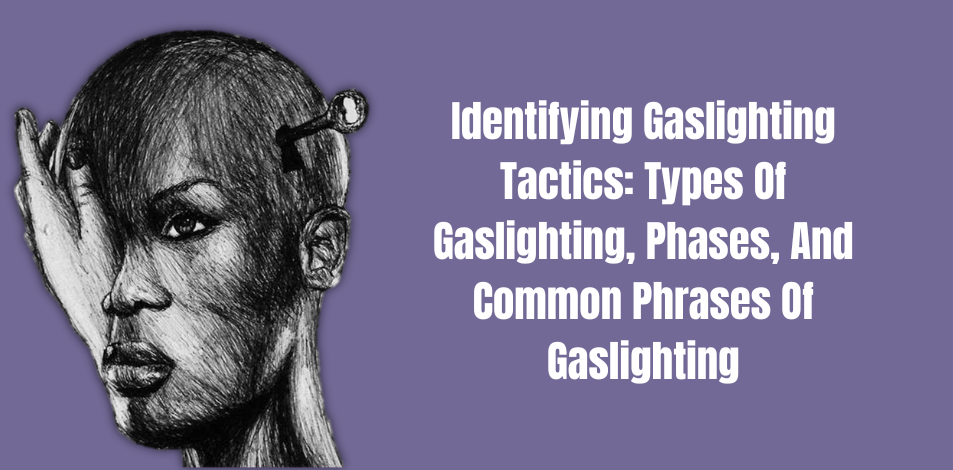
Gaslighting is a manipulative and psychologically abusive tactic employed by individuals to make others doubt their perceptions, memories, and sanity. It is crucial to understand the various types of gaslighting, the phases it typically goes through, and the common phrases used in gaslighting to recognize and address this harmful behavior. In this article, we will explore gaslighting tactics, its phases, and the phrases often associated with it.
Related : Is Your Doctor Manipulating You? How to Recognize and Respond to Medical Gaslighting
Types of Gaslighting
Gaslighting can manifest in several forms, including:
- Personal Attacks: This type involves attacking the victim’s character, intelligence, or sanity to undermine their self-esteem.
- Withholding Information: Gaslighters may withhold information, leaving victims in the dark and confused.
- Trivializing and Minimizing: Minimizing the victim’s feelings, experiences, or concerns makes them feel unimportant or irrational.
- Projecting Blame: Gaslighters often project their negative traits or behaviors onto the victim, making them appear responsible for the problems in the relationship.
- Countering Reality: Gaslighters may deny that certain events or conversations ever took place, causing victims to question their memory.
Phases of Gaslighting
Gaslighting typically progresses through several phases:
- Idealization: In the beginning, the gaslighter idealizes the victim, showering them with love, attention, and compliments.
- Devaluation: Over time, the gaslighter begins to criticize, belittle, and devalue the victim, causing them to doubt their self-worth.
- Confusion: The gaslighter introduces confusion by contradicting their previous behaviors or statements, making the victim question reality.
- Isolation: Gaslighters isolate victims from friends and family, making them more reliant on the gaslighter for validation and support.
- Control: As gaslighting intensifies, the gaslighter gains more control over the victim, making it difficult for them to escape the manipulation.
Common Phrases of Gaslighting
Gaslighters use certain phrases to undermine the victim’s perception and confidence. Some common gaslighting phrases include:
- “You’re too sensitive.” – Invalidating the victim’s emotions.
- “You’re imagining things.” – Dismissing the victim’s experiences.
- “You’re crazy.” – Attacking the victim’s mental stability.
- “I never said that.” – Denying past statements.
- “You’re overreacting.” – Minimizing the victim’s feelings.
- “You always do this.” – Blaming the victim for the problems.
- “You’re just trying to make me look bad.” – Accusing the victim of ulterior motives.
Recognizing Gaslighting and Taking Action
Recognizing gaslighting is the first step in addressing this abusive behavior:
- Trust Your Instincts: If something doesn’t feel right in a relationship, trust your gut feelings.
- Document Behavior: Keep a record of gaslighting incidents, including dates, times, and the phrases used.
- Seek Support: Talk to friends, family, or a therapist about your experiences to gain perspective and emotional support.
- Set Boundaries: Establish clear boundaries with the gaslighter and communicate your expectations for respectful treatment.
- Consider Ending the Relationship: In severe cases, ending the relationship may be the best option for your mental and emotional well-being.
Gaslighting is a harmful form of manipulation that can have profound effects on the victim’s mental health and self-esteem. Recognizing gaslighting tactics, understanding the phases it goes through, and identifying common phrases used can empower individuals to protect themselves and seek healthier relationships. Remember that no one should tolerate emotional abuse, and seeking help and support is a courageous step toward healing.




